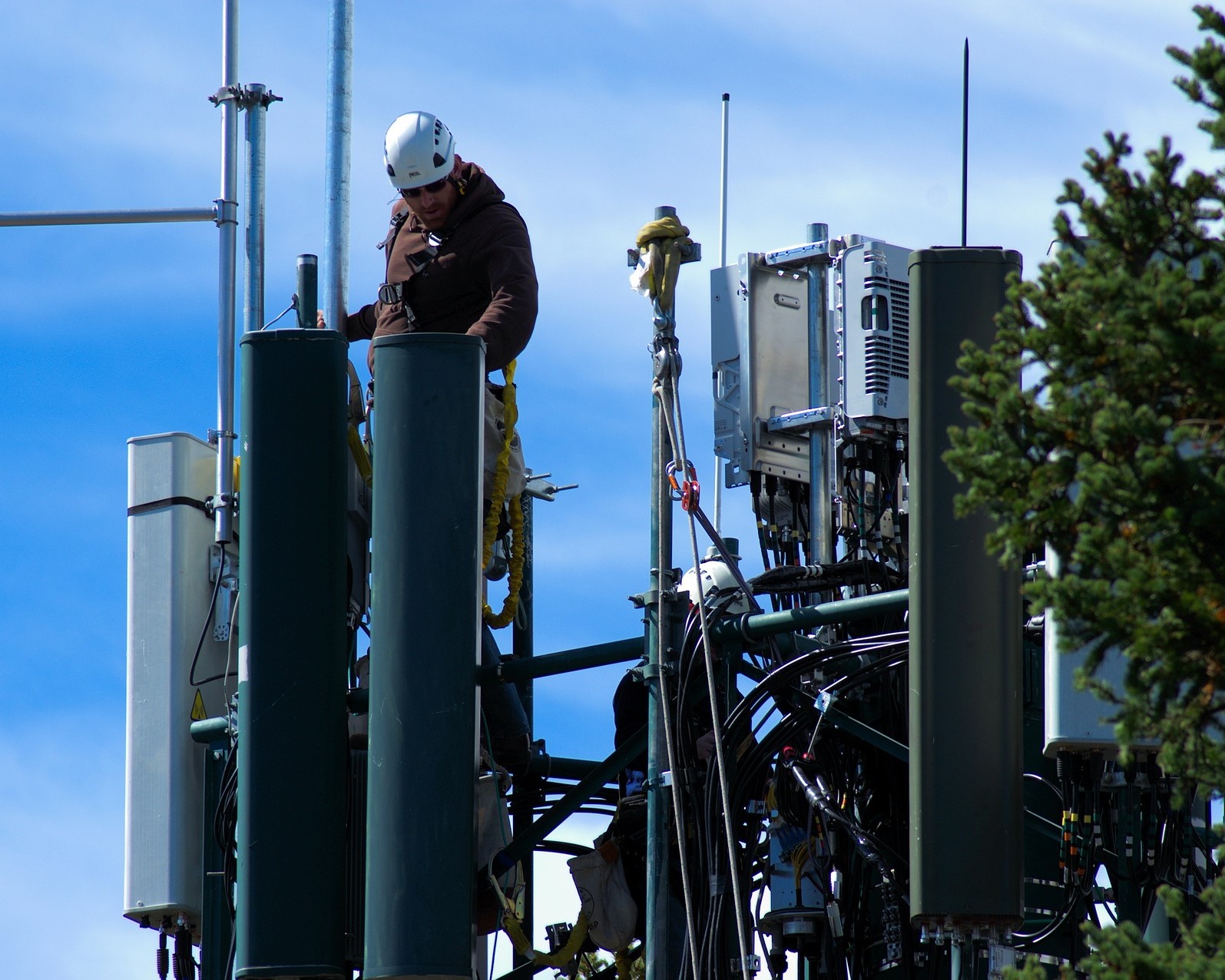The FCC today adopted rules for the 5G Fund for Rural America, which will make $9 billion available to cover some of the costs of deploying service to rural areas that lack higher-speed mobile service. Awardees will be required to provide service supporting speeds of at least 35 Mbps downstream and 3 Mbps upstream.
Also today, the FCC adopted rule changes for network operators using TV white spaces spectrum – another initiative that should be especially beneficial for rural areas where broadcast TV channels are more likely to be vacant and available to support wireless services.
The rule changes are aimed at enabling operators to cover broader areas and to enable new services such as connectivity for internet of things (IoT) devices.
FCC Rural 5G Fund Speed Target
As expected, the FCC said it will wait to conduct the first of two 5G Fund for Rural America auctions until it has determined eligible areas using availability data collected through the Digital Opportunity Data Collection proceeding, which aims to gather comprehensive data about speed and geographic availability from network operators.
The commission previously estimated that the first of the two auctions would start in 2023 if the decision was made to use that data. The auctions will use a competitive bidding process that will award funding to the operator that commits to deploying service for the lowest level of support.
A weighting system will be used “to ensure that the hardest-to-serve areas, such as those with rugged terrain or sparse populations, can compete in the auction,” a press release about the FCC rural 5G fund notes.
Officials on the webcast of today’s monthly FCC meeting, where the order was adopted, said the order would target areas that lack unsubsidized LTE and 5G services.
In an effort to spur some rural 5G deployments before the first auction is held, the order adopted today calls for network operators that currently receive mobile Universal Service Fund (USF) support to spend some of that support to deploy 5G beginning next year. The percentage of funding that those operators must spend on 5G increases over time.
The amount of mobile USF support paid to all recipients combined is $386 million, according to an FCC press release. That apparently is an annual amount.
The mobile USF program will transition to the 5G Fund for Rural America.
Operators that win rural 5G support will have six years to complete deployments.
The second auction will award at least $1 billion, along with funding not awarded in the first auction, to support precision agriculture.
TV White Spaces Rule Changes
As an FCC press release explains, the TV white spaces rule changes adopted today include:
- Increasing the maximum permissible power and antenna height for fixed white space devices operating in “less congested” areas, which generally include rural and unserved areas
- Protecting television stations from harmful interference by increasing the minimum required separation distance between the stations and other entities operating in the band
- Creating a new category of geofenced operation that will allow higher-power mobile operation in less congested areas. School buses that offer Wi-Fi to students on board might benefit from this type of operation, as might farms operating within geofenced boundaries
- Allowing use of white spaces spectrum for narrowband IoT applications using 100 khz channels tat will operate at the same power level as fixed devices
A draft of the order about the 5G Fund for Rural America and the FCC rural 5G fund speed target is available here.
A draft of the white spaces order is available here.



